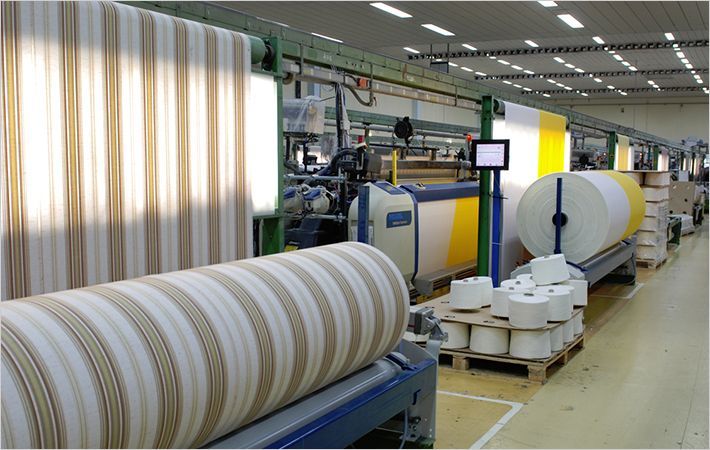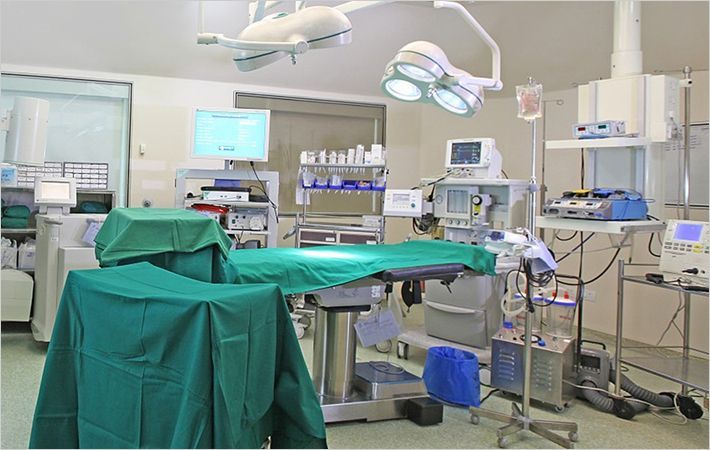Nidaplast composites supply honeycomb structural panels that allow the use of concrete without the usual weight constraints. Nidaplast solutions now make it possible to combine traditional heavy materials like concrete and natural stone with polypropylene honeycomb panels. This process makes it feasible to work with a thin skin of raw material.
The resulting sandwich panel is two thirds lighter and stronger than a solid concrete panel. Nidaplast composites supply honeycomb structural panels that allow the use of concrete without the usual weight constraints. Nidaplast solutions now make it possible to combine traditional heavy #
“We use Nidapan to reduce the weight of a table by two thirds. With a 10mm thick layer of concrete we obtain ultra-strong surfaces that do not shrink, crack or mist” says Gilles Dubois Pagnon, Director of the Concrete Touch design studio, which specialises in concrete. The combined properties of this new structure make it possible to design fashionable, uncluttered spaces that are both understated and modern.
“There are numerous applications. We use Nidapan for kitchen worktops, tables, etc. Recently, we have even collaborated with an artist whose sculptures are inlaid in a concrete panel 2.50m high and 1m wide.” Gilles Dubois Pagnon points out.
The combination of a Nidaplast core and a concrete skin or thin slab of stone makes normally very heavy materials easier to work and move around.
Another plus point is sustainability. Nidaplast honeycomb panels save energy too, in production, transport, installation and use, because of the smaller quantities of raw materials required.
Nidaplast composites offers a wide range of honeycomb structural cores to suit the technical and mechanical requirements of each project and/or use and of materials such as concrete or natural stone (marble, granite, sandstone, etc.).
Nidaplast 8 : the core of the sandwich panels comprises Nidaplast honeycomb, a plastic film and a non-woven polyester fabric. It is used as a rot-proof acoustic sublayer, a shock absorber and height booster.
Nidapan : a glass reinforced thermoplastic grid gives the honeycomb structural core rigidity. So Nidapan is used to reduce the weight of natural stone and strengthen it. It can also be used for vertical facings or indoor furniture. Depending on the amounts requested, a range of Nidapan products is offered (in 3 grades of density of the glass reinforced thermoplastic grid).
Based in Thiant, northern France, Nidaplast, a subsidiary of the international group Etex, had the idea of extruded polypropylene honeycomb. The company develops its products for four large markets: Composites (design, architecture, transport, ship-building, wind power & industrial installations), Rainwater Management, Light Ballast and Landscaping.
Nidaplast

